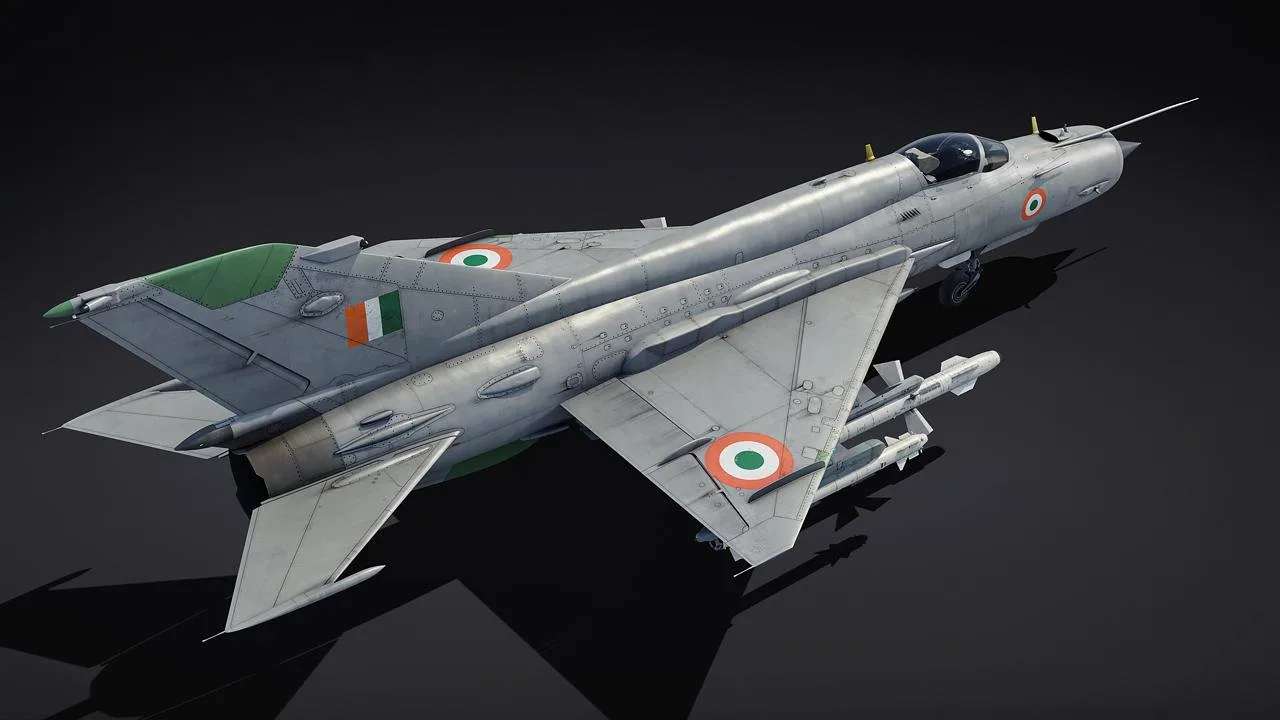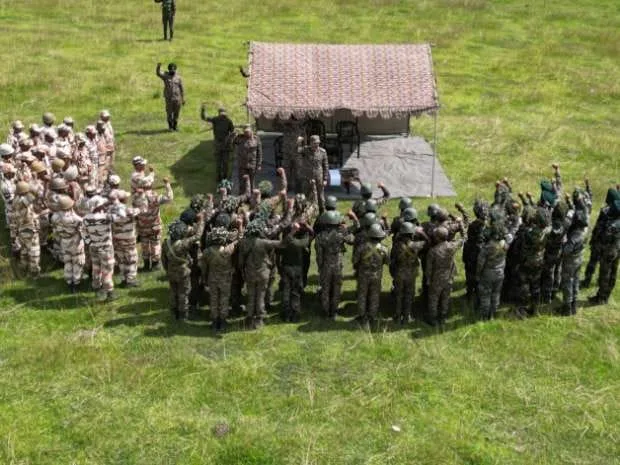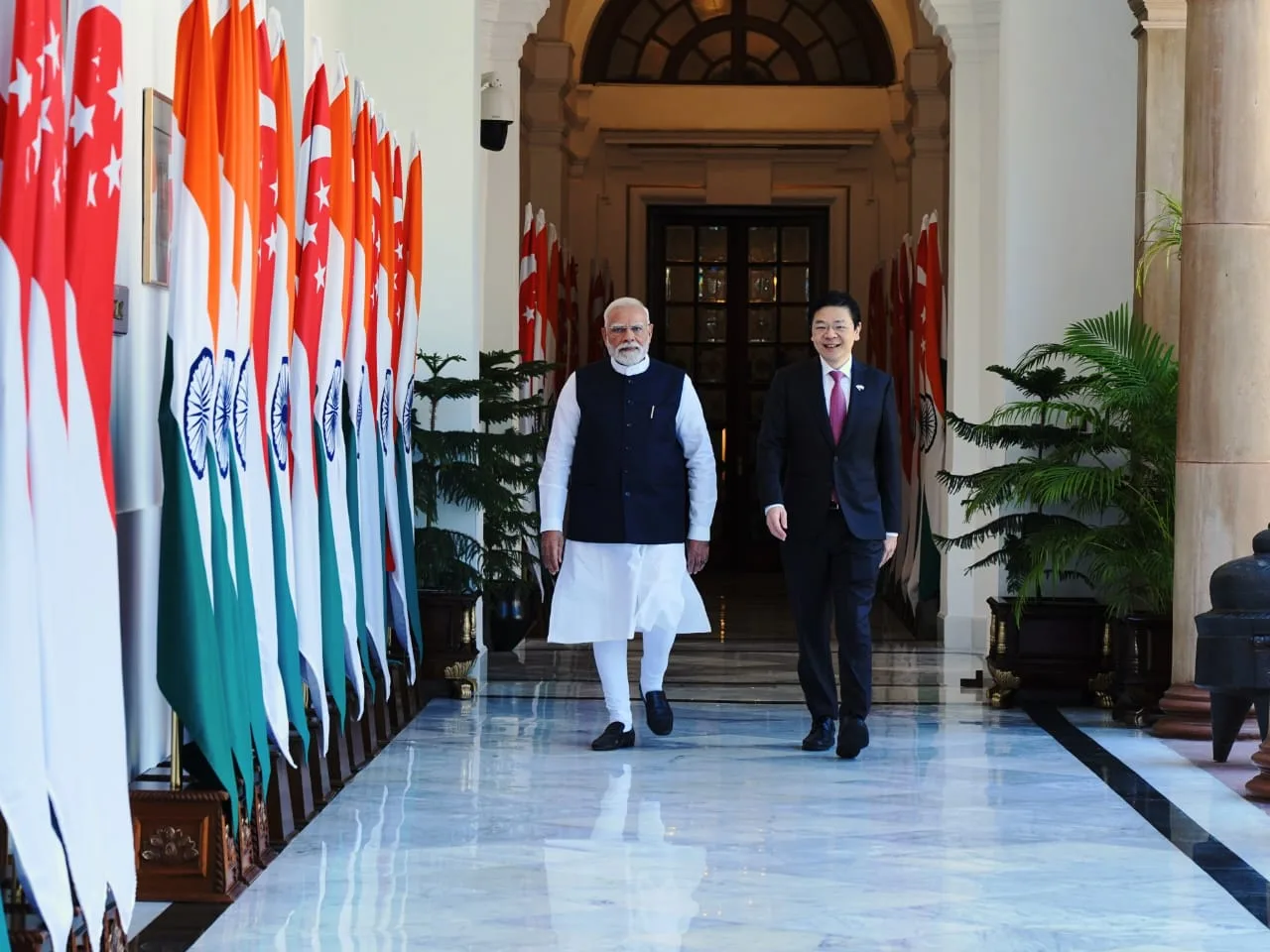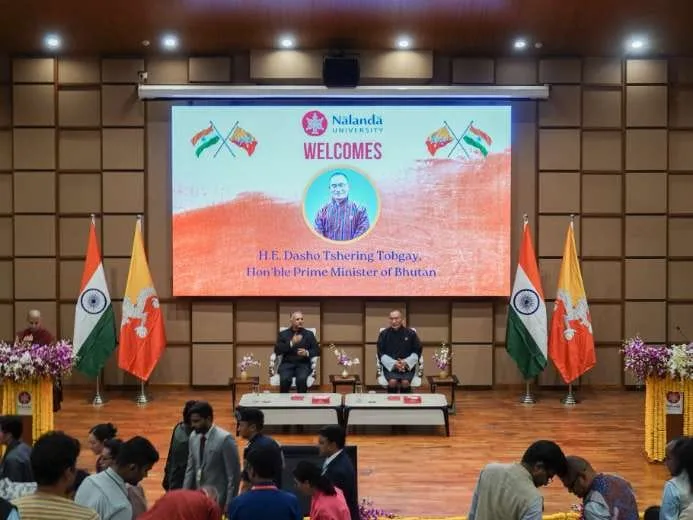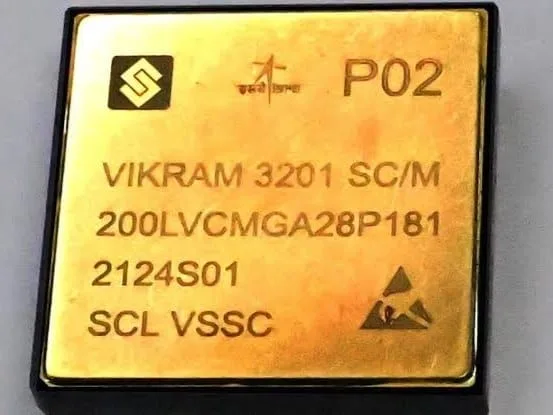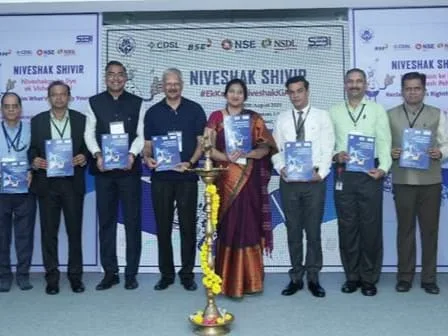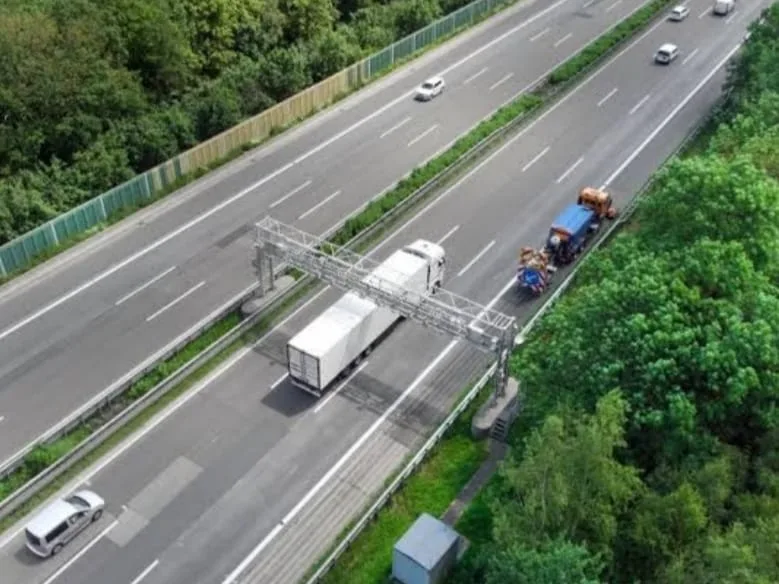The Agni-5 is India’s most advanced long-range nuclear-capable ballistic missile, developed by the Defence Research and Development Organisation (DRDO).
It was successfully test-fired most recently in August 2025 from the Integrated Test Range in Chandipur, Odisha. This missile significantly improves India’s strategic deterrence, particularly against China and Pakistan, and solidifies India’s position as a major missile power in Asia.
Significance of Agni-5 Missile
- Strategic Nuclear Deterrence
- Agni-5’s range of over 5,000 km puts all of China, Pakistan, and much of Asia and Europe within reach. This makes it central to India’s nuclear deterrent strategy.
- The missile can carry MIRVs (multiple independently targetable re-entry vehicles), allowing it to hit several targets with one launch. This capability puts India alongside a select group of global powers, including the US, Russia, China, France, and the UK.
- Enhanced Security Against Strategic Threats
- Agni-5 directly counters China’s long-range missile arsenal (e.g: Dongfeng-41).
- It improves India’s ability for second strike retaliation, which is crucial for the credibility of India’s “no first use” nuclear policy.
- Operational Flexibility and Survivability
- The missile is solid-fueled and kept in sealed canisters, enabling quick launches and better chances of survival against preemptive attacks.
- Mobile launch platforms on roads and rail enhance operational readiness and allow India to spread out launch locations for a strategic edge.
- Joining the Elite Missile Powers
- With Agni-5, India becomes part of the ICBM club that includes the US, Russia, China, France, and the UK. This shows India’s self-sufficient missile technology and a major boost in defense capability.
- The missile series supports India’s land-based nuclear strike force and boosts its standing in international strategic matters.
- Technological Advancements
- Agni-5 includes modern technologies such as MIRV, three-stage solid-fuel propulsion, composite materials, and advanced guidance and navigation systems. These features improve reliability, accuracy, and modernization.
- DRDO is also working on upgrades for longer range, heavier payloads, and new capabilities like bunker-busting.
- Geopolitical Messaging
- Timing missile tests, especially before major diplomatic events, shows India’s strategic reach and readiness. This reinforces deterrence amid regional tensions with China and Pakistan.
- The successful tests signal strength and help ensure that the world recognizes India’s strategic ambitions and capabilities.
Prelims Facts
- Type: Intermediate Range Ballistic Missile (IRBM)
- Warhead : Nuclear-capable, able to carry up to three MIRV warheads
- Maximum Payload : 100–1,650 kg nuclear payload
- Range : 5,000–8,000 km ( officially 5,000 km , unconfirmed up to 8,000 km)
- Dimensions: 17.5 m & Diameter: 2 m
- Launch Mass : 50,000 kg
- Propulsion: Three-stage solid-fuel rocket
- Accuracy: High precision, advanced guidance systems
- Launch Platform: Mobile launchers and canister-based cold launch system
- Coverage: Entire Asian continent, including northern China, and parts of Europe
” Agni-5 represents a significant advance in India’s strategic military capabilities. Its sophisticated technology, extended range, and MIRV capability are vital to India’s nuclear strategy, ensuring credible minimum deterrence and improving national security in a tense geopolitical environment. visit here , Agni-5 is a game-changing missile for India. It strengthens the nation’s nuclear deterrent with advanced technology, a long range, and the ability to deliver multiple warheads. This helps India effectively deter adversaries, boosts strategic confidence, and secures its position among global missile powers ” for More Defense New www.eminentnews.com


